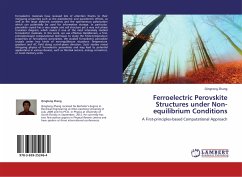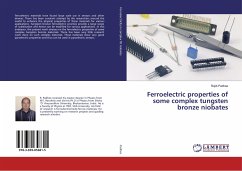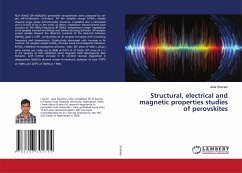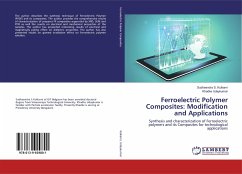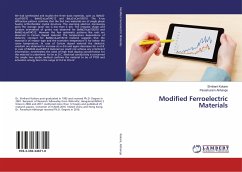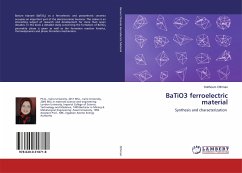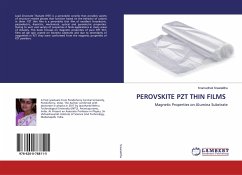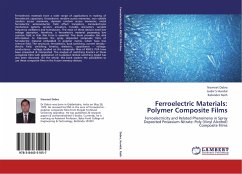Ferroelectric materials have received lots of attention thanks to their intriguing properties such as the piezoelectric and pyroelectric effects, as well as the large dielectric constants and the spontaneous polarization which can potentially be used for information storage. In particular, perovskite crystal has a very simple unit cell structure yet a very rich phase transition diagram, which makes it one of the most intensively studied ferroelectric materials. In this work, we use effective Hamiltonian, a first-principles-based computational technique to study the finite-temperature properties of ferroelectric perovskites. We studied ferroelectric perovskite crystals under two kinds of non-equilibrium situations: Temperature gradient and AC field along out-of-plane direction. Such studies reveal intriguing physics of ferroelectric perovskites and may lead to potential applications in various devices, such as thermal sensors, energy converters, or novel memory units.
Bitte wählen Sie Ihr Anliegen aus.
Rechnungen
Retourenschein anfordern
Bestellstatus
Storno

